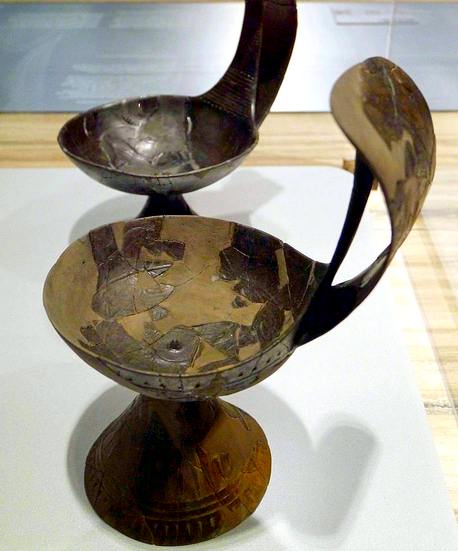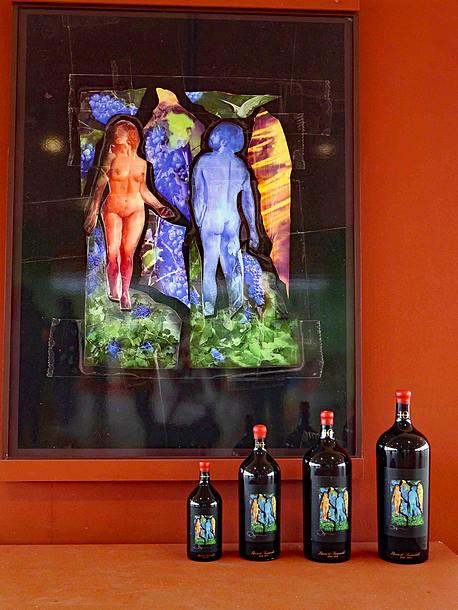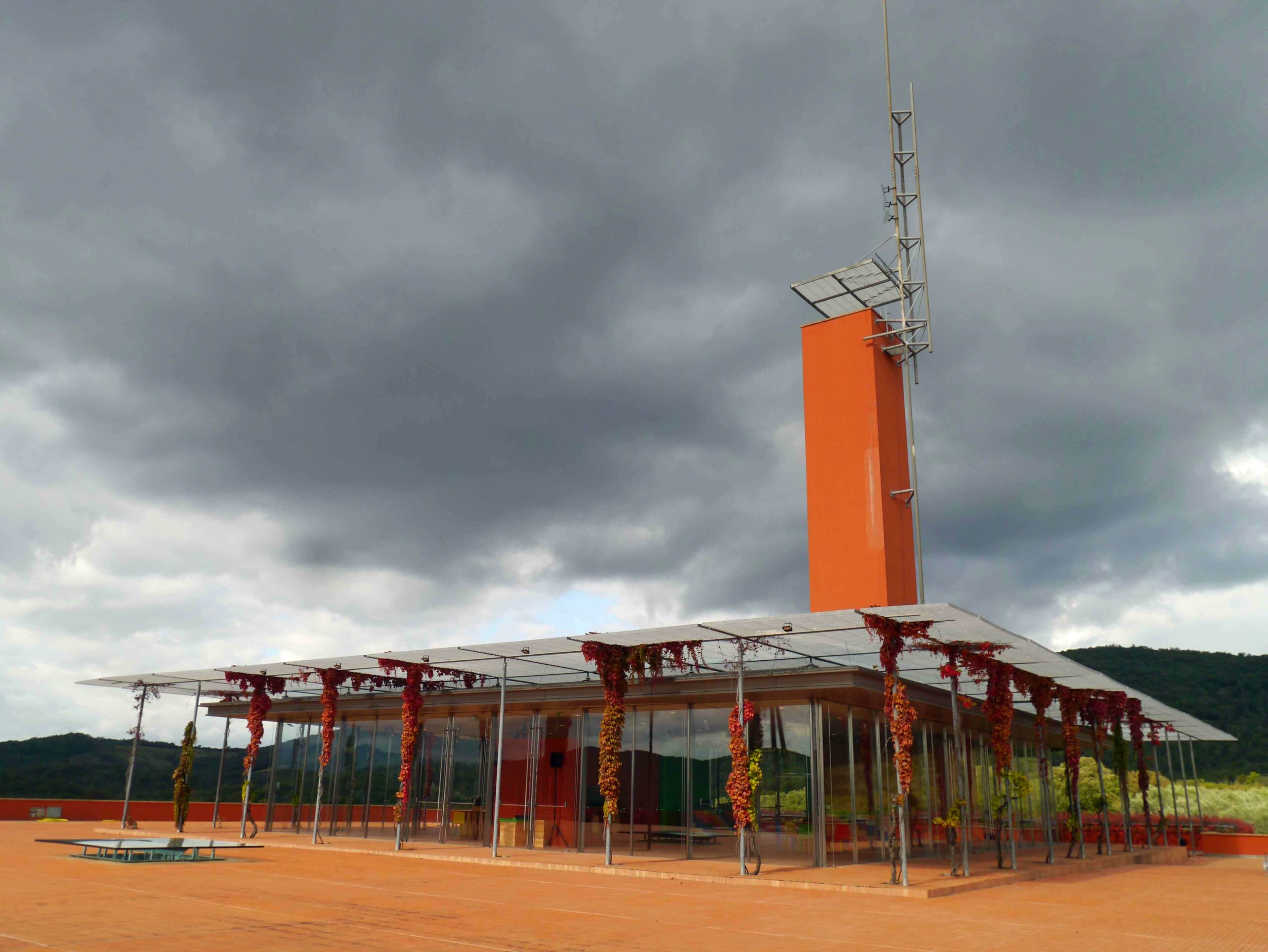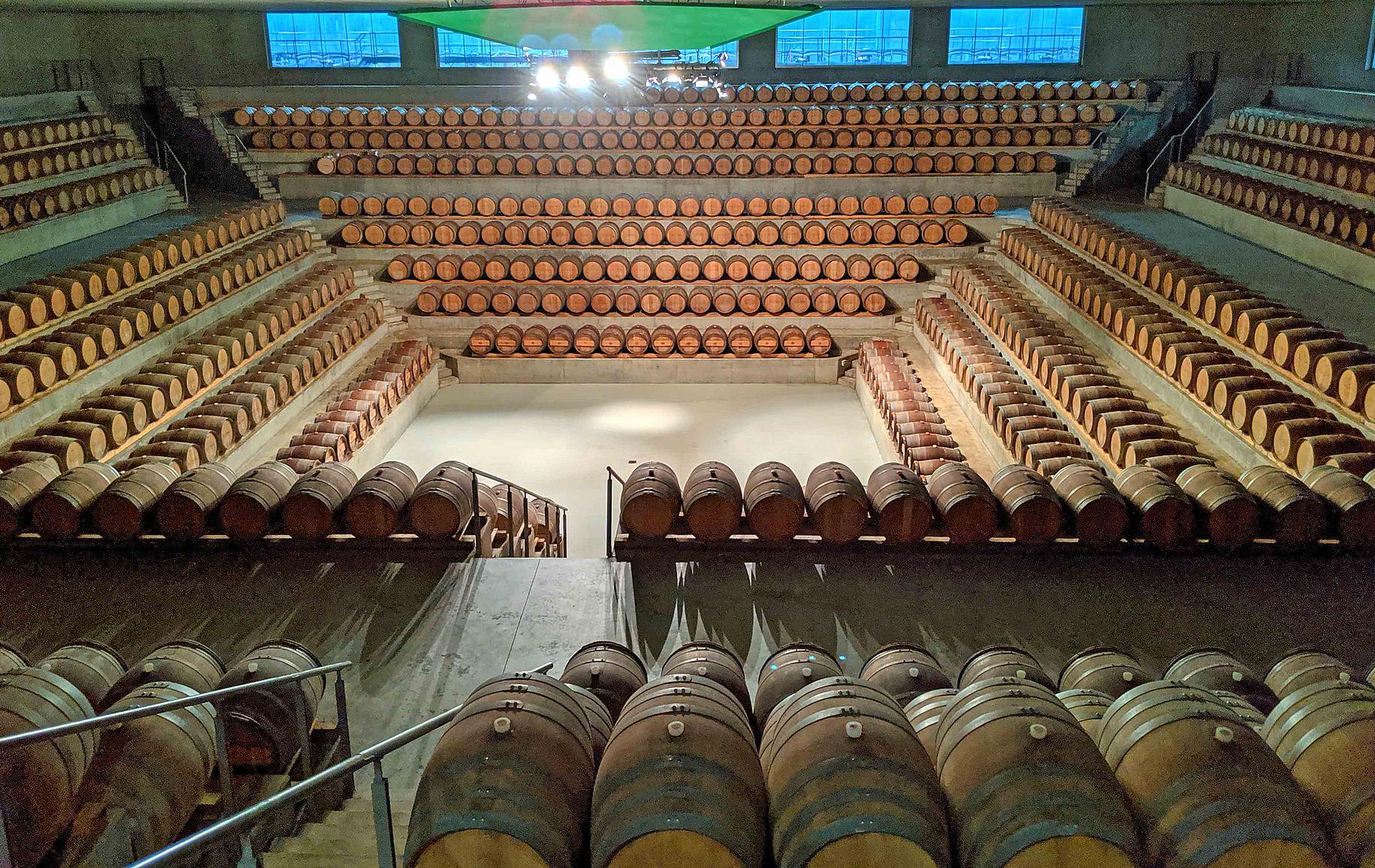Draw a line on the map between Bolgheri and Scansano, and Gavorrano is right at the mid-point. Featuring soils comparable to those found in Chianti and Montalcino, the home of Rocca di Frassinello (Località Giuncarico Scalo, Gavorrano; +39.0566.88400; roccadifrassinello.it) has one significant difference. Ambient temperatures range 4–6°C warmer, allowing grapes to mature three to four weeks earlier. That climatic difference also suits Bordelais grapes better than other regions of Tuscany, making a Franco-Italian collaboration seem inevitable. The wines hint at Scansano’s traditions with Bolgheri’s innovations.
Seeking to replicate his extraordinary success of Castellare di Castellina in Chianti in the 1970s, Paolo Panerai joined forces with Domaines Barons de Rothschild (Lafite) in a grand experiment to harness Panerai’s expertise with Sangiovese with the Rothschild mastery of Cabernet, Merlot, Petit Verdot, and Syrah. And lest their ambitions go unnoticed, Rocca di Frassinello enlisted Renzo Piano to design its cutting-edge contemporary winery and then stocked parts of its with a museum of extraordinary Etruscan artifacts excavated on the five smaller properties assimilated into Frassinello.
Talk about star power!
Journeys through space and time
The winery (top of post) is a marvelous hilltop glass pavilion with a weather tower that nods to the classic campanile of Tuscan churches.
 The flat concrete pad that surrounds the winery is a work area where hand-harvested grapes are delivered and sorted, then fed by gravity to underground vinification in a series of rooms around the outer walls. Wines then descend—again by gravity—to the heart of the complex, the barrel room carefully insulated in the center, where natural earth temperatures maintain stable aging conditions. The room is 40 by 40 meters and is laid out like a theater in the round, each level stepping down to the open center. Naturally, it makes a dramatic spot for dinners or special events.
The flat concrete pad that surrounds the winery is a work area where hand-harvested grapes are delivered and sorted, then fed by gravity to underground vinification in a series of rooms around the outer walls. Wines then descend—again by gravity—to the heart of the complex, the barrel room carefully insulated in the center, where natural earth temperatures maintain stable aging conditions. The room is 40 by 40 meters and is laid out like a theater in the round, each level stepping down to the open center. Naturally, it makes a dramatic spot for dinners or special events.
The journey through time is represented by museum of Etruscan artifacts on the ground level of the winery complex. Architect Italo Rota’s exhibition, “The Etruscans and Wine at Rocca di Frassinello,” shows how winemaking has been associated with the site for nearly three millennia. Artifacts from the Necropolis of San Germano include amphorae, wine cups (right), oil lamps (yes, the Etruscans also made olive oil), and a broad range of figurative ceramics. It is, quite simply, dazzling.
Rocca di Frassinello red wines show boundless ambition
 I should note that the winery produces an exquisite Vermentino with citrus notes and a nice saltiness in the mouth. It pairs very well with seafood. But the main thrusts of the Frassinello project are blended red wines incorporating Sangiovese with Bordelais grapes. The flagship is simply called Roca di Frassinello and it’s been an award winner since the first vintage in 2004. Technically a Maremma Toscano DOC wine, it leads with Sangiovese (60 percent) with equal amounts of Cabernet Sauvignon for elegance and structure and Merlot for sheer lusciousness. A little tight when first poured, it blooms in the glass, revealing the Italian spice that sets it apart from a Bordeaux blend. Fairly available in the U.S., it retails around $35—a bargain for the quality. A longer aged variation, which pays tribute to Canadian painter David Lachapelle’s “Rapture of the Grape,” sells for around $135 for a standard bottle. It’s also available in larger formats. Bottles are shown here in the winery pavilion next to the original painting.
I should note that the winery produces an exquisite Vermentino with citrus notes and a nice saltiness in the mouth. It pairs very well with seafood. But the main thrusts of the Frassinello project are blended red wines incorporating Sangiovese with Bordelais grapes. The flagship is simply called Roca di Frassinello and it’s been an award winner since the first vintage in 2004. Technically a Maremma Toscano DOC wine, it leads with Sangiovese (60 percent) with equal amounts of Cabernet Sauvignon for elegance and structure and Merlot for sheer lusciousness. A little tight when first poured, it blooms in the glass, revealing the Italian spice that sets it apart from a Bordeaux blend. Fairly available in the U.S., it retails around $35—a bargain for the quality. A longer aged variation, which pays tribute to Canadian painter David Lachapelle’s “Rapture of the Grape,” sells for around $135 for a standard bottle. It’s also available in larger formats. Bottles are shown here in the winery pavilion next to the original painting.


